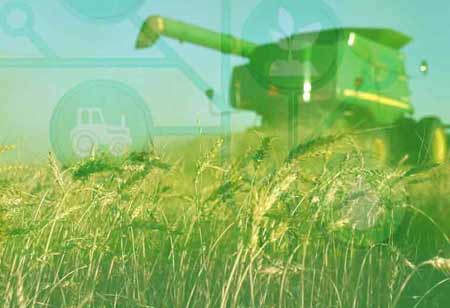Thank you for Subscribing to Agri Business Review Weekly Brief
Indoor Farming-The Future of Farming

By
Agri Business Review | Thursday, September 02, 2021
Stay ahead of the industry with exclusive feature stories on the top companies, expert insights and the latest news delivered straight to your inbox. Subscribe today.
With the increasing population of the world, rising demands for water, high demand for food, and constant changes in climatic conditions, methods like indoor farming have the potential to meet the high needs of food soon.
FREMONT, CA: Indoor farming or indoor gardening is the process of cultivating plants and crops on a large or small scale indoors, using hydroponics and artificial light. Artificial light is essential to provide nutrients to the plant and contribute to its growth. Fruits, vegetables, and herbs are the most popular plants grown inside, but other plants can also be produced in the same way. Indoor farming is widespread in areas where finding suitable ground for farming is challenging. Indoor farming is used commercially to grow fruits and vegetables in densely populated areas such as cities. Indoor farming has several advantages: it requires less space for crop growth and can be easily controlled by a single person. Indoor gardening usually necessitates a combination of artificial lighting and hydroponic techniques. The lighting gives the plant the same amount of nourishment that it would receive outside. Indoor farming techniques include the use of both natural and artificial light sources.
Indoor farmers may manage the climatic conditions of the farm according to their needs, which is one of the many advantages of indoor farming. Pest contamination of crops is a problem that can be readily remedied and managed. Indoor farming uses less water, making it cost-effective to grow crops while conserving water. The main benefit of this style of farming is that it allows growers to produce more yields per acre than traditional farming. With all of these benefits, indoor farming will likely be the way of the future. With the world's population growing, rising water needs, high food demand, and ongoing climatic change, methods like indoor farming have the potential to meet the world's high food demands soon.





